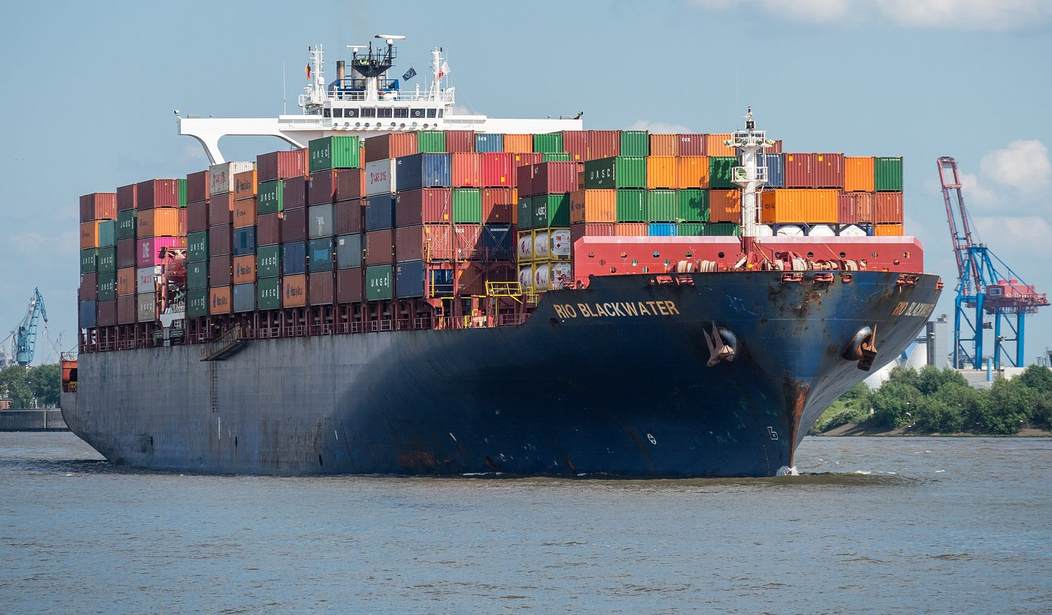Wall Street seems to be filled with Nancy Boys, swells, head-cases and drama queens. With every whiff of a problem, they sell off to beat a possible rush – thus creating a rush. There are very few people around like those who tried to blow the whistle in “The Big Short,” for example.
With the Left and their buddies in the media hoping for a crash in the market to douse President Trump’s unrivaled economic prosperity leading up to the election, you can’t really trust the mainstream media to tell you the truth. They almost always over-inflate the importance of everything – especially if it could be twisted to make Trump look bad.
With Jim Acosta telling you the story, could you hope to get a fair treatment of the president and the coronavirus?
Is there a legitimate fear of an existential threat to our country – and others – by it? Could our economy do a full belly flop?
The economy is dynamic. Where a slowdown occurs in one place, the counterweight hurry-up occurs in another. President Trump has talked about executing a plan to get U.S. manufacturers to make face masks to make up for the world shortage, for example.
But there is a lag time.
Assuming the coronavirus is around awhile, one industry, the crucial shipping container industry, gamed out what is likely to happen.
It ain’t pretty.
We get an extraordinary amount of products in shipping containers. You see containers on docks, stretched for miles on trains and hanging from mechanized cranes on tracks as they’re loaded onto huge “container” ships.
In his piece called “Coronavirus container impact to spread far beyond blank sailings,” Lars Jensen, CEO of Sea-Intelligence Consulting, outlines several dominoes that are happening or about to happen in this crucial industry. Though he says the shipping container industry has proven resilient, there’s the potential for much mischief-making:
However, what we are seeing now is the impact of a much larger systemic risk. Blocking a large number of vital nodes in the system for all players at the same time threatens to create a disproportionately large impact, lingering longer than usual. The last time we saw an event with systemic impact was more than a decade ago during the financial crisis. Not even an event such as the sudden bankruptcy of Hanjin Shipping, at the time the seventh-largest carrier worldwide, nor the 2017 cyberattack on Maersk Line, which disrupted operations at the world’s largest carrier for two weeks, had such an impact.
Here are his projected dominoes:
- Chinese manufacturing facilities didn’t open after Chinese New Year. A lag followed by a lag which “created massive shortfall in Chinese exports and, therefore, a drop in container demand.”
- Sailings were canceled, which caused “staggering” demand shortfall for containers.
- “Blank sailings” lead to more blank sailings back to Asia creating 3 – 10 weeks’ more lag time.
- Pre-Chinese New Year peak of delivered cargo results in excess containers building up in places “such as Europe and North America.” Repatriating containers takes time and money.
- “Backhauls to Asia will drive up backhaul rates.”
- There will be a “surge in demand for containers” but getting containers back takes time. See Domino number 4.
- Need to order new containers
- Value of all containers will drop as a result of Domino 7.
- Headhaul rates will increase. Headhaul is “leg of the route that has the highest volume.” The route back is “back haul.”
- Refrigerated containers will continue to stack up in Chinese ports.
- That will trigger “congestion surcharges”
- Refrigerated containers will be diverted to other Asian ports “creating congestion challenges – and new tranches of dominoes – all their own.
- This is will cause temporary equipment shortages.
- Refrigerated transport rates will increase.
Now imagine the cost of all that stuff that’s either still stuck inside those containers or will be stuck inside those containers or hasn’t yet received a container in which to be shipped. The cost of whatever those widgets are will go up.
What kind of stuff is transported inside these containers?
- Food
- Forest Products
- Grains
- Metal
- Construction materials
- Iron and steel products
- Cars and trucks and parts
- Chemicals
- Ore
- Textiles
Jensen says, “In the best case, the coronavirus outbreak is contained quickly. If so, the dominoes outlined above will continue to fall, but the duration of each one will be relatively short.”
If anything, President Trump has done more to highlight the need for more manufacturing in the United States than offshore. He’s the one who made an issue out of U.S.-made steel, for example, as a national security issue. He’s dismissed as a jingoistic know-nothing for it, but he’s been proven right over and over, as the coronavirus has shown.
https://youtu.be/isIcqkYUHws










Join the conversation as a VIP Member